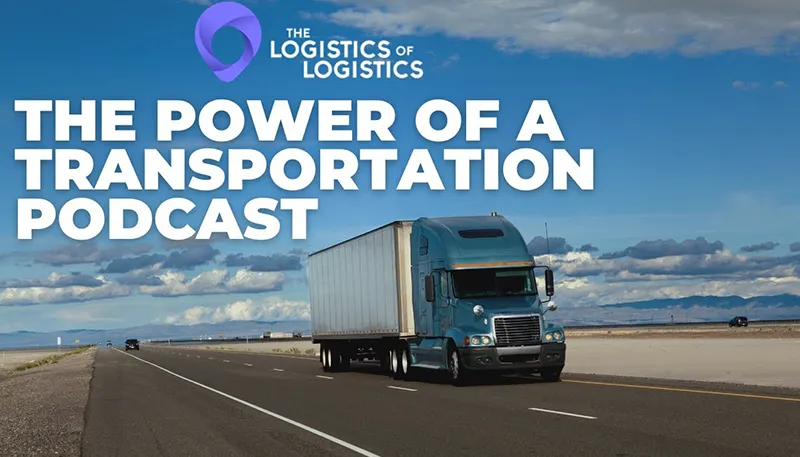The TCA Profitability Program (TPP) is an exclusive business improvement initiative provided by the Truckload Carriers Association. This service provides multiple paths for trucking enterprises of all sizes to understand how they are performing (financially and operationally) versus similar companies. The pinnacle of TPP is the Best Practice Groups. Currently, the Best Practice Groups are comprised of 84 member carriers within eight operating mode-specific groups. Jack Porter is the Managing Director of TPP, and Chris Henry is the Program Manager for TPP and TCA inGauge, the cloud-based bench-marking platform.


Jack Porter Chris Henry
Q: With arguably the best freight market in decades, how do TPP members make the most of this unique time?
A: In general, I think everyone has a general anxiety about the market. Number one, they know it’s not going to last forever, so they want to take advantage while things are still hot. Trucking companies are finally realizing the kind of returns they should be. Especially those companies who’ve done the right things all along and have made the right investments. Number two, the driver shortage is real (surprise, surprise). Combining a growing shortage of the main instrument for fulfilling their customer obligations with the best freight rates in decades is an interesting case study for an economist (from an outsider’s point of view). However, for those on the front-lines, watching (very) profitable opportunities evaporate because you can’t find drivers is as infuriating as it can get. Further, for those who are able to transfer this freight demand over to their brokerage operations, there is a similar shortage of qualified third-party carriers. In short, yes operating ratios are up, but expansion and absolute returns are constrained by the driver shortage. Conversely, if it wasn’t for the shortage, the freight rates wouldn’t be where they are today.
Q: The TPP team has recently established the TPP High Performers Index. Can you explain this index for our readers?
A: Although the TPP program has some very large participants, such as Prime, Bison, and Freymiller, the average size of carriers (excluding the above companies) is less than 245 tractors. We like to consider this growing population “The Main Street of Trucking”. Their results are more indicative of the general population of trucking in North America, as opposed to the small number of large publicly-traded companies. In the fall of 2017, we established the TPP High Performers Index. This index identifies the top performing companies (regardless of operating mode) within the TPP program. Currently, this index is made up of twenty carriers, and the main mechanism for inclusion is Gross Margin performance (Revenue minus Variable expenses). Every six months, we rank each carrier, who has participated for a minimum of three years, based on gross margin. These results determine who is “in” and who is “removed”. Using this selection of carriers, we provide TPP members the ability to not only benchmark their performance against similar peers, and groups, but also this new index, using over 200 different KPIs.
Feedback regarding the TPP High Performers Index has been great, and we have been using a small number of KPIs for this index in public presentations. Our next steps, as our population continues to grow, is to establish TPP indexes within each operating mode, and also based on carrier size.
Q: Are there any specific or general ‘traits’ of top performing trucking enterprises?
A: One common theme among the top performers in the TPP program is their growing willingness to invest in proprietary technology (regardless of size). This is particularly heartening due to the growing complexity of the global supply chain. Trying to make unique functions and processes work with a general TMS platform can be a self-limiting pursuit. Further, to de-commoditize trucking (and realize improved return on capital), companies need to de different. You can’t necessarily do that if you’re all using the exact same processes and systems. The top performers use a proven TMS as an operational foundation, and then they build proprietary tools to do things their customers can’t. More and more, companies are hiring software developers as opposed to general administrative staff.
Another common theme among top performers is that many use a formal system for managing their big projects. Whether it’s the Four Disciplines of Execution (Covey) or Getting Things Done (David Allen), or an in-house methodology for strategy and tactic management is common. In order to get the most out of the most important asset in any company (the human beings), leveraging a proven system helps get things done, while reducing the stress on those involved.
Q: What will the TCA Profitability Program look like in five years?
A: Our long-term vision is to have active participation by 2000 motor carriers throughout North America. To achieve this, we need to develop new tools that enable our members to generate growing returns on their investment. From a technology point of view, we have and are investing substantial amounts in making it easier to get involved in TPP. Unique data mapping tools, and the ability to consume the valuable TPP data in whatever method they wish, are just two examples. Further, we have to continually refine the way we share knowledge among members. This will include leveraging virtual technologies as opposed to just using our in-person meeting format.



